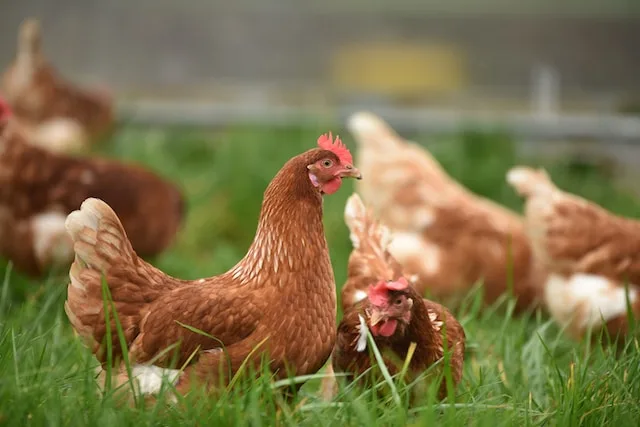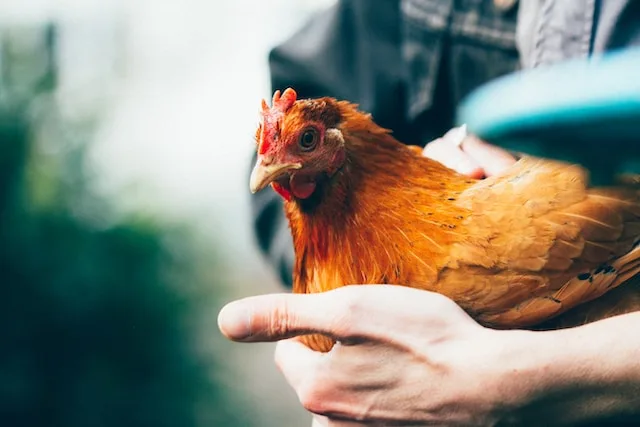How To Cut Costs While Running A Chicken Farm

If you’ve ever dreamed of running a successful chicken farm, you will know that it can be quite a costly endeavor. From buying the necessary equipment and poultry to covering operational costs such as feeds and maintaining facilities, starting any kind of farming business requires significant financial resources. However, there are several ways to reduce the cost associated with running a chicken farm without compromising your operation’s productivity or quality.
In this blog post, we’ll cover some of the top strategies for cutting down on costs while ensuring profitability from your chicken farming endeavors. So whether you’re just getting started in the industry or looking for creative solutions to maximize profits at your current operation – read on!
Smart Feed Management
Feed is one of the most significant expenses on a chicken farm. However, with strategic planning and smart management, it is possible to reduce the cost of feed without compromising on nutrition. One option is bulk chicken feed purchases. Buying feed in bulk can lead to discounts and lower prices, so be sure to shop around for the best deal possible. Additionally, consider using alternative feeds such as kitchen leftovers or plants grown on your farm. These options are not only cost-effective but they can also provide additional nutrition benefits if formulated correctly.
Sustainable Housing Solutions
To further cut costs in poultry farming, it’s critical to consider the housing aspect. Chickens need a secure and comfortable place to roost, lay eggs, and be protected from harsh weather and predators. Building a chicken coop can seem like a daunting expense initially, but with sustainable housing solutions, it doesn’t have to break the bank.
You can build functional chicken coops using recycled or locally sourced materials, which are not just affordable but environmentally friendly too. Reclaimed wood, for example, can be used for the main structure while old pallets can be repurposed for the walls and floors. Old windows can serve as excellent ventilation, and used wire fencing can offer security against predators.
Smart Savings Optimize Your Chicken Farm Costs
Boost the efficiency of your chicken farm by considering the addition of pheasant chicks. These adaptable and cost-effective birds provide a unique and attractive diversity to your farm and offer natural pest control, reducing the need for expensive chemical solutions. Integrating pheasant chicks into your poultry operation can enhance overall farm sustainability while cutting down on certain operational costs. Explore the economic benefits of incorporating these feathered allies to create a more streamlined and budget-friendly chicken farming experience.
Disease Prevention and Health Management
Another substantial cost in chicken farming is veterinary expenses, often incurred due to diseases or health issues that could have been prevented with better management and care. Proactive health management is a cost-effective strategy that may require an initial investment but can save significant funds in the long run.
Implement a strict vaccination schedule for your flock to protect against common poultry diseases. Routine health checks should also be a priority, including inspecting the flock for signs of illness or distress. Simple actions like maintaining cleanliness in the coop, providing plenty of fresh water and ensuring a balanced diet can significantly reduce instances of disease and subsequent vet bills.
Flock Management Strategies
Effective flock management is pivotal for reducing overheads and increasing profitability in your chicken farming operation. Essentially, this involves managing your chickens in a way that maximizes their egg-laying or meat production potential. To achieve this, you must prioritize breed selection, and laying cycle management, and even consider adopting technologies for monitoring bird health and behavior.
For breed selection, it’s crucial to choose breeds renowned for their productivity. Breeds like the Rhode Island Red, Sussex, or Leghorn, for instance, are known for their prolific egg-laying capabilities. Choosing the right breed can significantly impact your farm’s overall productivity and, in turn, reduce overhead costs per unit of output.
Laying cycle management is another area to focus on. Hens typically lay eggs for about 1-2 years before their productivity decreases. Instead of keeping less productive hens, consider replacing them with younger ones ready to start laying. This strategy requires careful planning and a reliable source of new chickens, but it can help maintain high productivity levels and reduce feed costs per egg.
Utilizing Local Resources
Leveraging local resources is another effective way to cut costs while running a chicken farm. This approach not only saves money but also promotes sustainability and reduces the environmental impact of your farming operations.
For instance, if you live in an area with abundant natural resources, consider using them to your advantage. This could mean using local wood for building coops, or natural water sources like streams or rainwater for watering your flock. Make sure to test the water to ensure it’s safe for your birds.
Additionally, utilizing local feed sources can be a game-changer. If you have access to grain fields, agricultural waste, or can grow your feed, you can reduce the cost of buying commercial feed. Just remember to ensure the feed mix is balanced and provides the necessary nutrition for your chickens.
Running a chicken farm can be both enjoyable and profitable. With the right strategies in place, you can effectively reduce costs without compromising quality or productivity. From smart feed management to sustainable housing solutions and utilizing local resources – there are numerous ways your operation can save money while still enjoying long-term success.




